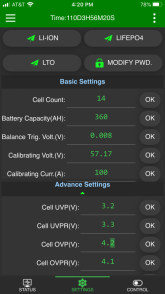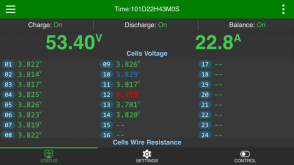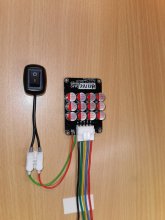Stepandwolf
Solar Enthusiast
- Joined
- Nov 14, 2020
- Messages
- 668
On another thread, the discussion seems to be primarily the Daly but I have yet to find the correct URL as what seemed like the correct URL says in the title it is for 3.2V batteries and the description says it is for 3.7v batteries and NOT for 3.2V batteries. I have asked on the other thread and have asked Daly for a correction.All three should monitor individual cells. The reason some don't monitor all is because the user decides to put 2 cells in parallel per monitoring cable, so essentially turning two smaller cells into one cell. I'm not a fan of such a set-up. If you have a 16s bms, it will have 16 monitoring leads, one per cell.
No idea on the availability in your country, but I doubt it.
In the meantime, I haven't been able to find the Heltec version either. After a lot of research on Alibaba I found a version, but doesn't have the active balancing. It seems the Heltec is the only popular BMS with that feature, although according to most, active balancing isn't necessary for a set of new, balanced batteries.
Thanks







